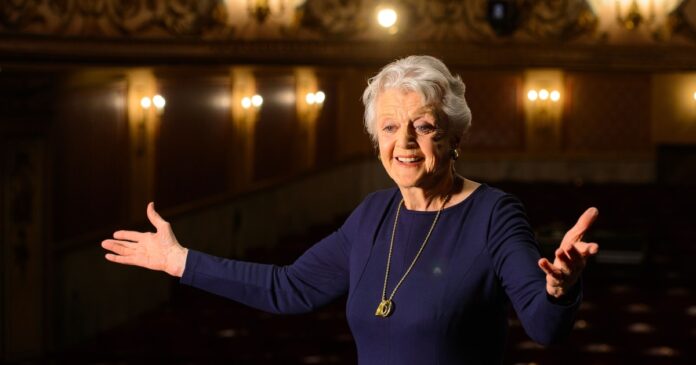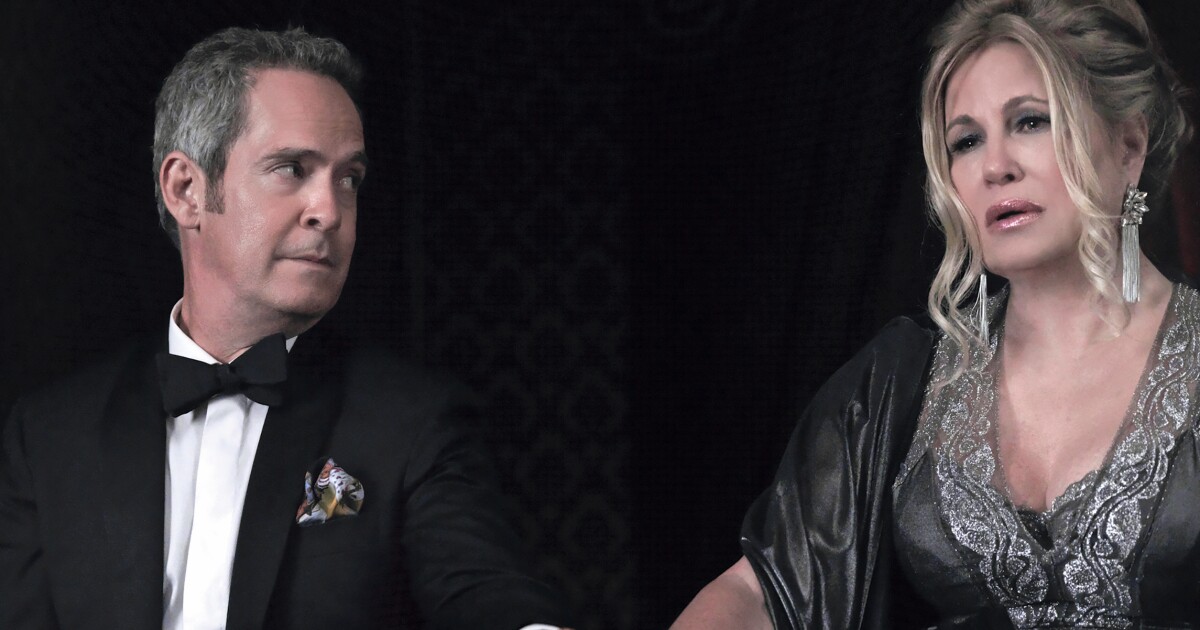:quality(100)/cloudfront-us-east-1.images.arcpublishing.com/thesummit/6BQBEPWLXFB4PJXSCIXVLU3BHU.jpg)
Dame Angela Lansbury passed away at the age of 96 on Tuesday, leaving behind a legacy of complex female characters that reflected — and shaped — the evolution of women in film.
Lansbury is perhaps best known for her starring turn as Jessica Fletcher in the 1980s and 1990s series “Murder, She Wrote.” A different generation also connects to her as the voice of Mrs. Potts in Disney’s 1991 “Beauty and the Beast.” But she got her start in the 1944 film “Gaslight,” playing a conniving maid, and, over the course of seven decades, shaped the conversation around women in culture and women in Hollywood.
Her robust career comprised dozens of diverse roles on both stage and screen, ultimately earning her six Tony Awards, 18 Emmys and an Oscar. She played women of every age, character and quality, not merely reflecting a near century of women in film, but expanding trends and tropes from throughout theatrical history.
Here are three tropes that Lansbury redefined in her prolific career:
ADVERTISEMENT
The gay icon: Lansbury began her career in Hollywood during the days of the Hays Code, when homosexual themes or images were banned from movies. But in her later years, she landed among other Broadway notables like Liza Minnelli and Carol Channing as a noted gay icon. No one role defined her for this community, but the range of parts that she played — including Rose in “Gypsy,” a part also taken up by Ethel Merman and Patti LuPone — landed her among theater royalty.
And one writer for the Broadway publication Playbill mused a different reason why a marginalized community may have found affinity with her in her later years. Her role on “Murder, She Wrote” “demonstrated the prowess of an older woman, who like a gay man, may not be the sexual object of the straight male mainstream.”
The modern Lady Macbeth: While her voice may be best associated with the nurturing Mrs. Potts, two of Lansbury’s iconic roles exemplified a particular kind of female wickedness: Nancy Oliver in “Gaslight,” and Eleanor Iselin in “The Manchurian Candidate.” As Oliver, she participates in a man’s manipulation of his wife, and as Iselin, she directly influences her son into becoming a sleeper agent with the ultimate goal of getting her husband into power. As written, these characters reflect an age-old trope of women pulling the strings behind unwitting men for ultimately evil ends. But Lansbury’s spin on these characters made them complex and layered.
In an interview with Terry Gross on “Fresh Air” in 2000, she compared the “Manchurian Candidate” role to Shakespeare’s King Lear. “Any actress will tell you that evil roles to play are the best. You can go to town, you know?” she said. “And in that instance, I think that woman had so many layers and so many personas in a sense, she was riveting and so interesting to play. I relish … having had that opportunity to play that role because I don’t think there are many written like that.”
The personification of ageism in Hollywood: Lansbury continued to perform well into her 80s, with Broadway roles in “A Little Night Music” and “The Best Man.” But Hollywood begins to count women out as a viable love interest so early it’s lampoonable — a pivot that can be career-ending for many starlets. Lansbury’s transition from wicked ingénue to anthropomorphized teapot represents the tricky tightrope that women in Hollywood are forced to walk if they seek longevity in their careers. And indeed, even in her younger years, she found herself playing older characters — perhaps most notably in “The Manchurian Candidate,” when the then-37-year-old actress was set up as the mother of a role played by a 35-year-old man.
ADVERTISEMENT
But Lansbury had set herself up to navigate that difficult, confining treatment of women in Hollywood because of her tremendous talents as a character actress. “I can say this in all honesty: I was too good an actress,” she told the New York Times in a 2010 interview published after her death. “I was primarily an actress, and not a pretty face.”
Thanks to Lillian Barkley for copy editing this article.








